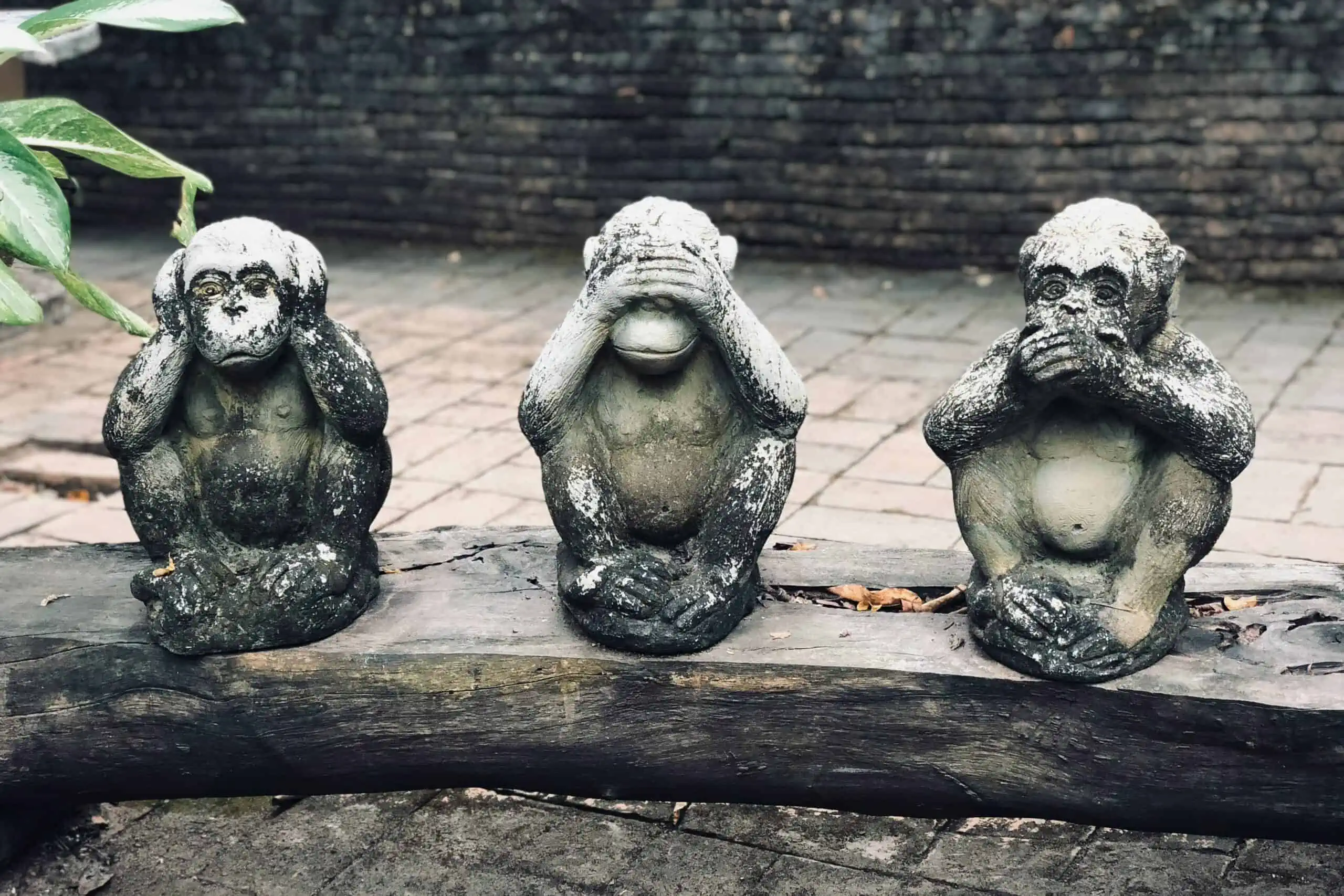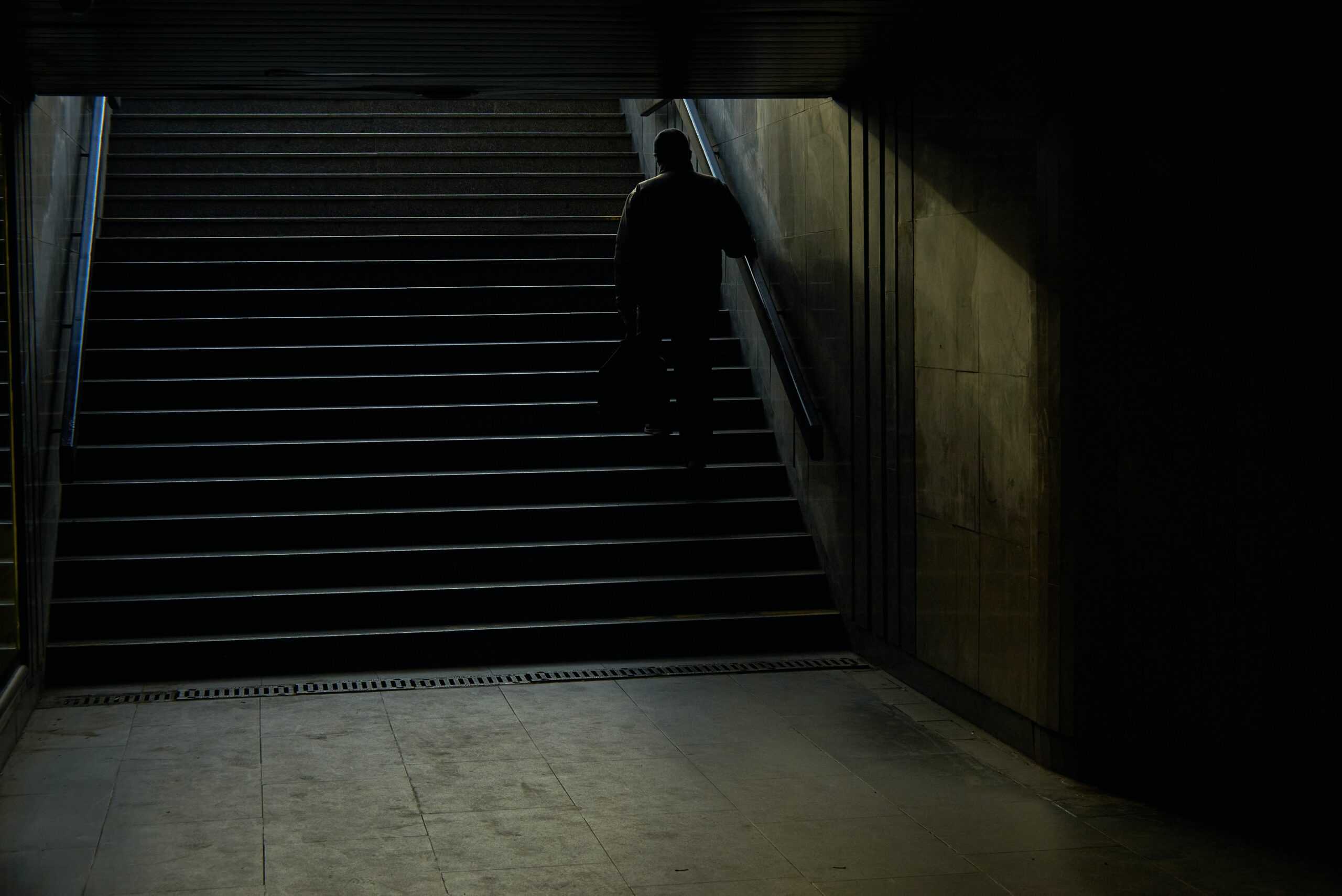
“I’m a Type 2, and I get angry!”
“I’m a Type 6, and I’m familiar with shame.”
“I’m a Type 1, and I have definitely felt fear…”
There can be a lot of confusion when it comes to the three Enneagram centers and the core emotion that underlies each of them. But when understood more deeply, the centers are a key element in raising our self-awareness and offer us a lens we can use to examine and understand our own reactions.
Editor’s note: This is a guest article by renowned Enneagram teacher and writer Lynn Roulo. Across the Enneagram landscape, people use various terms and names for the core concepts of the Enneagram. We encourage each guest writer to use the language they feel most comfortable with. So when you read about the “centers of intelligence” and “triads” here, we just want you to know it’s the same as when we talk about “Groups”.
What you will learn
The concept of the centers was first referenced by the Russian philosopher Gurdieff in the 1900s. He described how each person has three centers of intelligence (the heart, head, and body) and that while each of us can access all three, we lean more heavily into one. This is our dominant center.
Each center of intelligence has a sensitive issue, a core emotion that becomes a theme in the personality and offers a path for personal growth (see also our deep dive into the centers here).
● In the body center (Types 8-9-1), it is anger.
● In the head center (Types 5-6-7), it is fear and anxiety.
● In the heart center (Types 2-3-4), it is shame and sadness.
This core emotion becomes an unconscious aspect of a person’s personality. It operates in the background, driving behavior, but the person may not be fully aware of this influence.
Within each triad, one of the three Enneagram types overexpresses the core emotion, one underexpresses it, and one represses it.
This means that even if you come from the same center of intelligence, you may experience your core emotion very differently, depending on your Enneagram type.
For example, Type Eight and Type Nine both have anger as their core emotion. Type Eight overexpresses anger and often gets feedback from others that their communication style is aggressive. Type Nine underexpresses anger and is usually described as mellow and mild-mannered. Both have the core issue of anger, but it shows up very differently.
How the Three Core Emotions Are Influenced Through the Nine Types
Each of us has access to the full range of emotions. We all experience anger, fear, and shame. But our core emotion influences the way the other two emotions manifest in us. So, let’s have a closer look at how these three core emotions can be influenced, based on each of the nine Enneagram personality styles.

The Body/Instinctive Triad (8-9-1)
Anger is overexpressed in Type 8. Experienced as a rush of energy in the body, anger can rise quickly from a wide range of factors, but the underlying trigger is usually vulnerability.
Shame or Sadness is often triggered after a Type 8 overreacts to a situation, letting the rush of anger dictate their reaction. The response may seem appropriate to them in the moment, but upon reflection or due to the consequences, they may feel shameful or sad about their overreaction.
Fear may be triggered when they feel they can’t control a situation. For most Type 8s, fear quickly passes through the body, transforming to anger.
Vulnerability is often at the bottom of each of the three core emotions for Type 8s.
Coming soon: Learn more about how the Type 8 subtypes influence the three core emotions.
Anger is underexpressed in Type 9. With average self-awareness, Type 9s are typically out of touch with their anger, and they genuinely feel like not much bothers them.
Shame or Sadness may come up when Type 9s realize how much they have lost themselves and their priorities trying to maintain a harmonious environment by giving up their power.
Fear may get triggered if there is a concern that their harmony is being threatened. Conflict feels intense for most Type 9s, and the threat of conflict can trigger fear.
Avoidance of conflict and concerns about a loss of connection are often at the bottom of the three core emotions for Type 9s.
Coming soon: Learn more about how the Type 9 subtypes influence the three core emotions.
Anger is typically repressed by Type 1s. Type 1s try hard not to express anger as they associate it as a “bad” emotion. Instead, they report a lot of irritation. Interestingly, when their anger is eventually expressed, it can be intense, with a laser focus.
Shame or Sadness can get triggered when they realize they made a mistake or if they feel they have behaved inappropriately.
Fear enters the picture when they feel a loss of control or anxiety over potential errors, mistakes, and missteps in the future.
A harsh inner voice dictating rigid internal standards is often at the bottom of each of the three core emotions for Type 1s.
Coming soon: Learn more about how the Type 1 subtypes influence the three core emotions.

The Heart/Emotional Triad (2-3-4)
Shame or Sadness is repressed by Type 2s, and while they may briefly acknowledge feelings of worthlessness and sadness, they move away from fully processing it. They work hard to present a happy face, intuitively sensing they will be more likable if they remain externally cheerful.
Anger can get triggered when Type 2s feel underappreciated or undervalued. Type 2s typically have a narrow, explosive anger reaction and then revert to more accommodating, cheerful behavior.
Fear may surface when they feel their relationships are in jeopardy or when they are overly concerned about other people in their lives.
Concerns of being valued by others are often at the bottom of the three core emotions for Type 2s.
Coming soon: Learn more about how the Type 2 subtypes influence the three core emotions.
Shame or Sadness is underexpressed by Type 3s, manifesting instead as attempts to look good in the eyes of others. They move away from feelings of inadequacy by trying to prove they are not just adequate, but in fact, they are the best.
Anger may get triggered if their image is tarnished, around concerns about their reputation, or if they feel they might “look bad.”
Fear comes up in the face of failure: a failed work project, a divorce or breakup, or an imploding business transaction. Type 3s may feel fear as a precursor to shame.
Issues of image and concerns around failure are often at the bottom of the three core emotions for Type 3s.
Coming soon: Learn more about how the Type 3 subtypes influence the three core emotions.
Shame or Sadness is overexpressed by Type 4s. Type 4s are complex characters, which means shame and sadness express very differently in the three Type 4 subtypes.
Coming soon: Learn more about how the Type 4 subtypes influence the three core emotions.
Anger reactions are deeply influenced by the subtype, with the Sexual Type 4 being described as the angriest type in the Enneagram, whereas the Social Type 4 may express anger more mildly. Anger can be triggered by a wide range of things ranging from feeling misunderstood or unseen, to reacting to slights, real or imagined. This personality style can have a pattern of taking things personally.
Fear can be triggered by comparisons with others (with themselves chronically falling short), or anxiety that they will not leave a meaningful mark on the world.
Subconscious envy is often at the bottom of the core three emotions for Type 4s.

The Head/Mental Triad (5-6-7)
Fear is underexpressed in Type 5s by limiting engagement with the outside world. Concerns about being overwhelmed motivate Type 5s to withdraw from others.
Anger can be triggered when personal boundaries are breached because this threatens the withdrawal strategy used to avoid anxiety.
Shame or Sadness presents itself when Type 5s struggle with typical human interactions, which can be difficult because of their disconnection from the emotional world and their tendencies to isolate themselves from others.
Concerns about being overwhelmed by their environment and the demands of others are often at the bottom of the three core emotions for Type 5s.
Coming soon: Learn more about how the Type 5 subtypes influence the three core emotions.
Fear is overexpressed by Type 6 as they constantly scan for threats in their environment. Most Type 6s feel fear and anxiety intensely and frequently.
Anger may be triggered by frustration that others are not taking their concerns seriously enough or by a perceived lack of loyalty.
Shame or Sadness can enter the picture when they overreact or project into a situation. They may realize their version of reality is wrong and feel a deep sense of shame about it.
Fear about an uncertain future is often at the bottom of the three core emotions for Type 6s.
Coming soon: Learn more about how the Type 6 subtypes influence the three core emotions.
Fear is repressed for Type 7s by staying on the move. Their fixation with planning is a subconscious strategy to ensure they don’t feel their core emotion of fear and anxiety by staying too busy to process it.
Anger can be triggered if they feel they are being limited, cut off from their options, or being controlled. This threatens the core strategy of running from anxiety.
Shame or Sadness can enter the picture when their lack of follow through, lack of discipline or commitment, or self-referencing tendencies harm themselves or others.
A drive to avoid anxiety through incessant activity is often at the bottom of the three core emotions for Type 7s.
Coming soon: Learn more about how the Type 7 subtypes influence the three core emotions.

In Summary
The world of emotion is complex, and the guide above outlines trends rather than absolutes in human behavior. In each of us, there is a wide variety of what can trigger anger, fear, and shame, but the Enneagram gives us a useful tool to find repeating patterns and predictable triggers.
One final word
The Enneagram is an extraordinarily complex system, and perhaps even more important than a person’s Enneagram type, the subtypes play a huge influence on how core emotions manifest. For example, the expression of anger in a Social Type 8 is radically different from the expression of anger in a Self-Preservation Type 8.
Coming soon: We will be going in-depth on the 27 Enneagram subtypes. Stay tuned for that!
